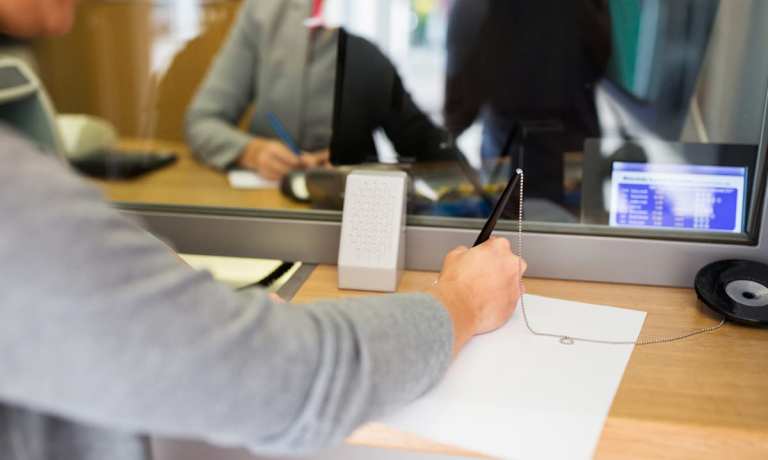Banks set aside billions of dollars to cover expected losses due to the economic collapse triggered by the pandemic. But the worst-case scenarios did not materialize, which means some of that cash can now be turned into profits, The Wall Street Journal reported on Monday (March 15).
The stimulus packages passed by Congress — including the recent $1.9 trillion in aid — has helped to curb the surge in unemployment that threatened to further undermine the economy. Other good signs are that the economy has outperformed banks’ internal forecasts and that vaccine campaigns are revving up.
Nonetheless, U.S. banks still had $236.6 billion in total reserves in December, according to the Federal Deposit Insurance Corp. — nearly double their level before the coronavirus crisis.
In fourth-quarter earnings reports from J.P. Morgan Chase, Citigroup and Wells Fargo, the results showed that the pandemic’s impact on the banks was not as bad as had been feared in the disastrous days of March 2020. Thus, reserves could be used to pad profits. J.P. Morgan got 72 cents added to its results, as it released nearly $3 billion in reserves. Citi released $1.5 billion and managed to earn $2.08, where analysts had expected $1.34. Wells Fargo released $787 million, and its own bottom line at 64 cents was 4 cents better than the Street predicted.
Last year’s increased reserves were built up to cover what banks thought would be souring loans across the board, for both consumers and businesses. For its part, J.P. Morgan kept its reserves tied to the card business intact, at $17.8 billion, a sign of caution toward the end of last year. Meanwhile, as customers considered deposits to be a “safe haven,” Citi’s deposits were up 20 percent in the fourth quarter, and said in its filings that average deposits were up 4 percent in the period, year over year.




